NESTOR MARTIN Euroheat Harmony 1 Gas User guide




















This manual suits for next models
1
Table of contents
Other NESTOR MARTIN Stove manuals

NESTOR MARTIN
NESTOR MARTIN WOODBOX Series User manual
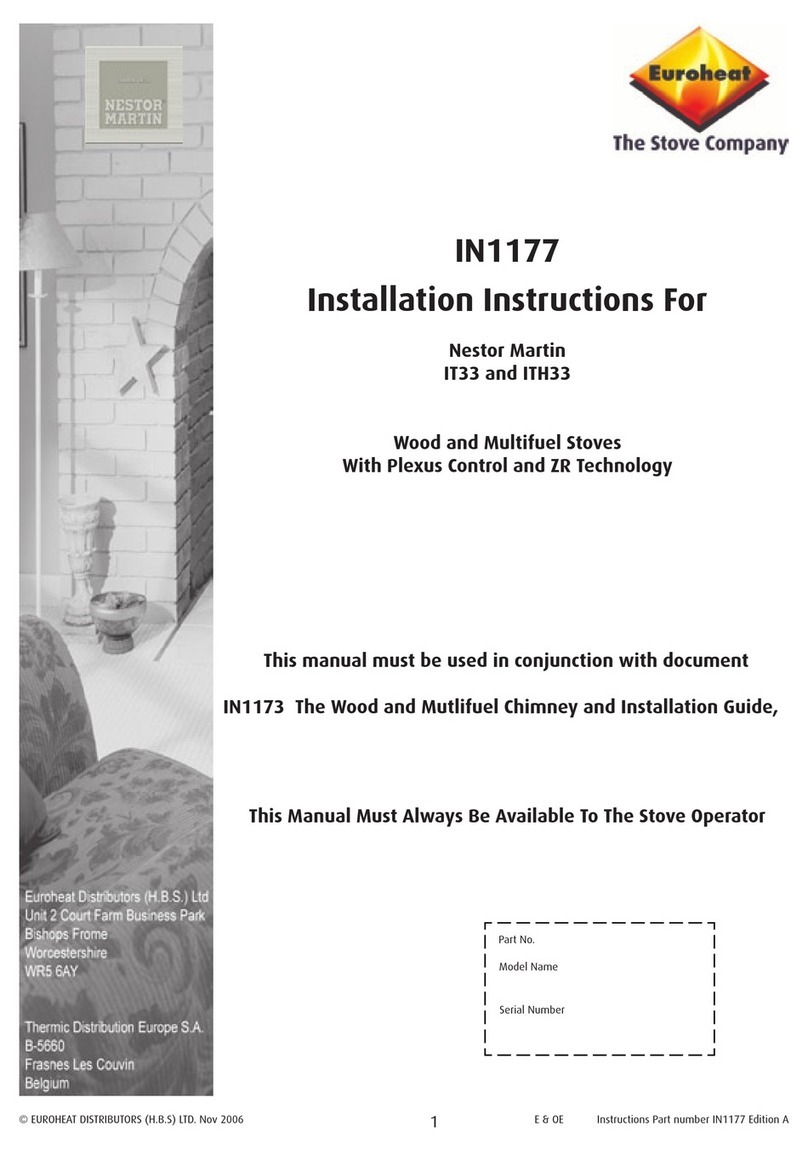
NESTOR MARTIN
NESTOR MARTIN IT33 User manual
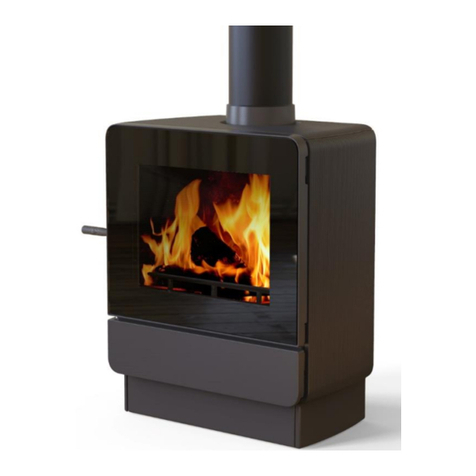
NESTOR MARTIN
NESTOR MARTIN M43 Quick start guide

NESTOR MARTIN
NESTOR MARTIN HARMONY H13 User manual
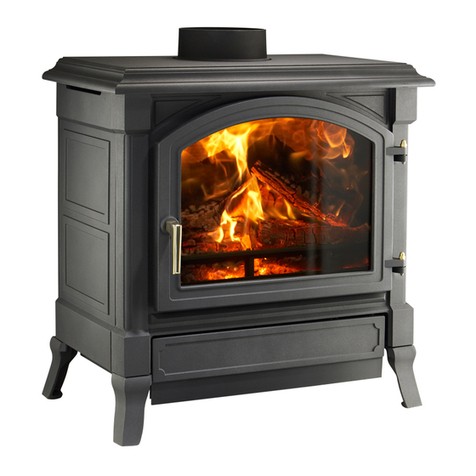
NESTOR MARTIN
NESTOR MARTIN Woodbox Harmony Series Quick start guide
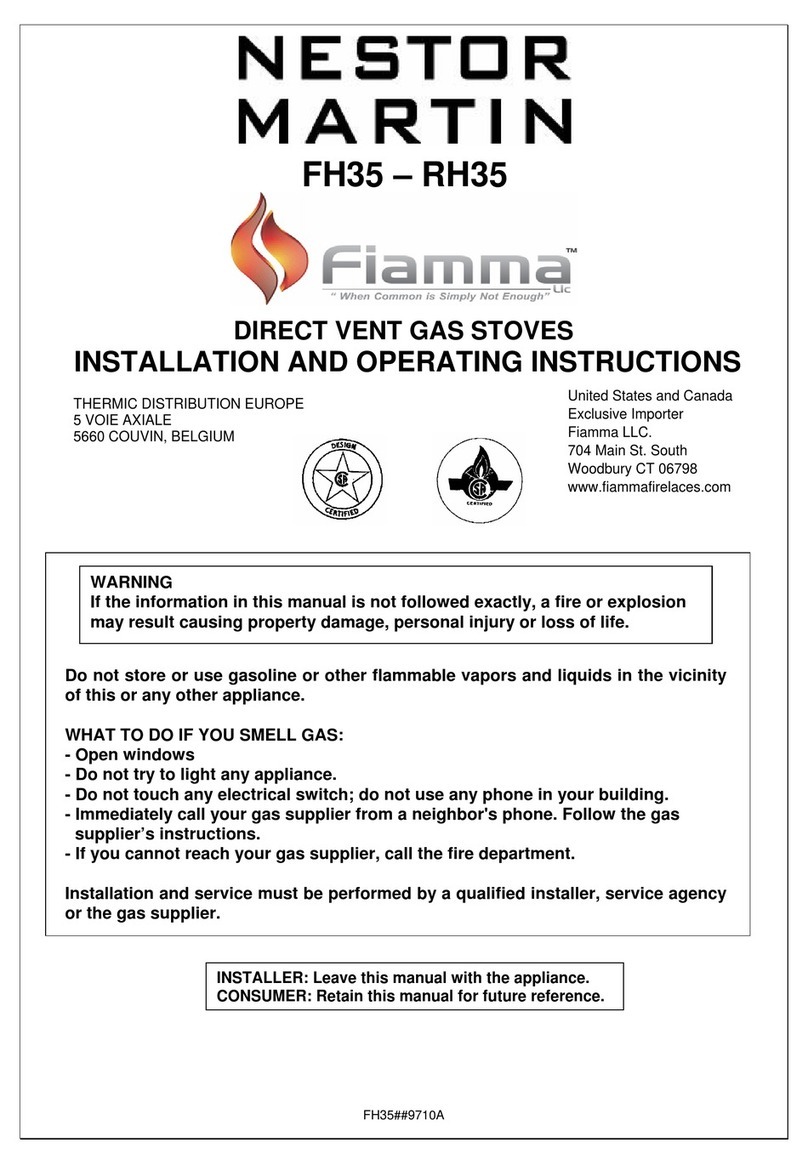
NESTOR MARTIN
NESTOR MARTIN Fiamma FH35 User manual
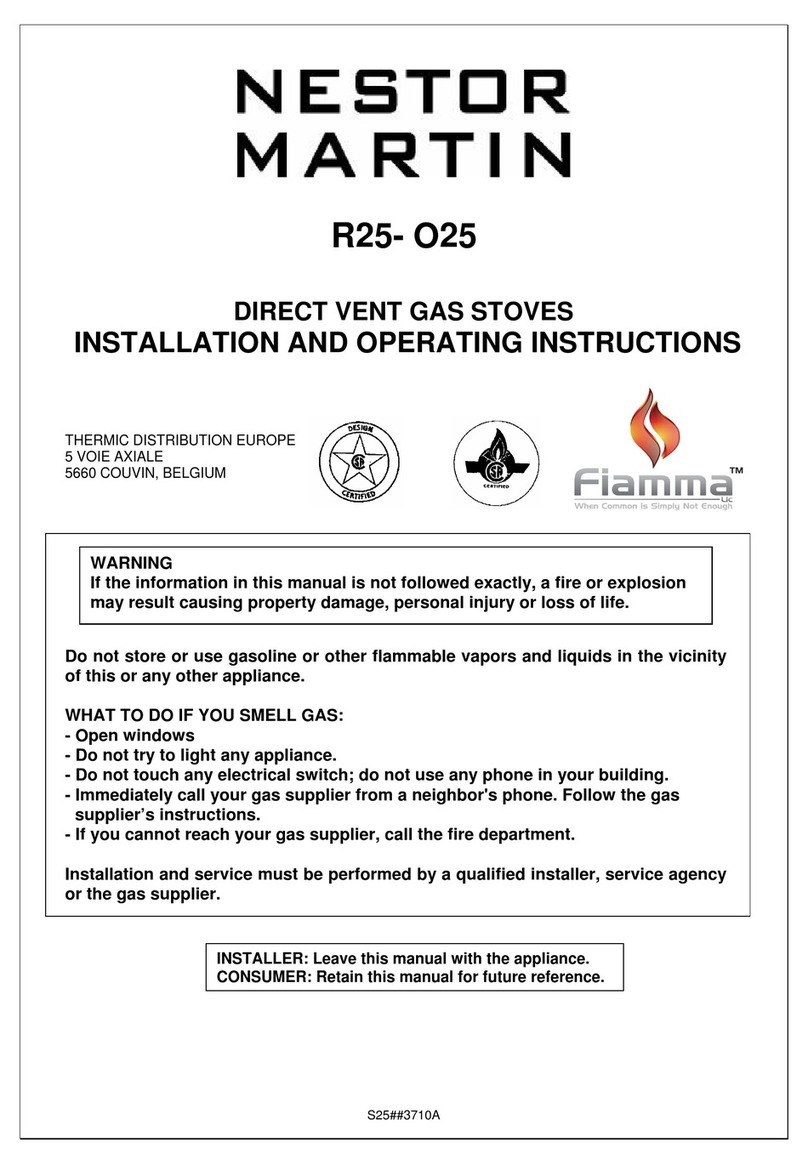
NESTOR MARTIN
NESTOR MARTIN R25-O25 User manual

NESTOR MARTIN
NESTOR MARTIN STANFORD 9 User manual
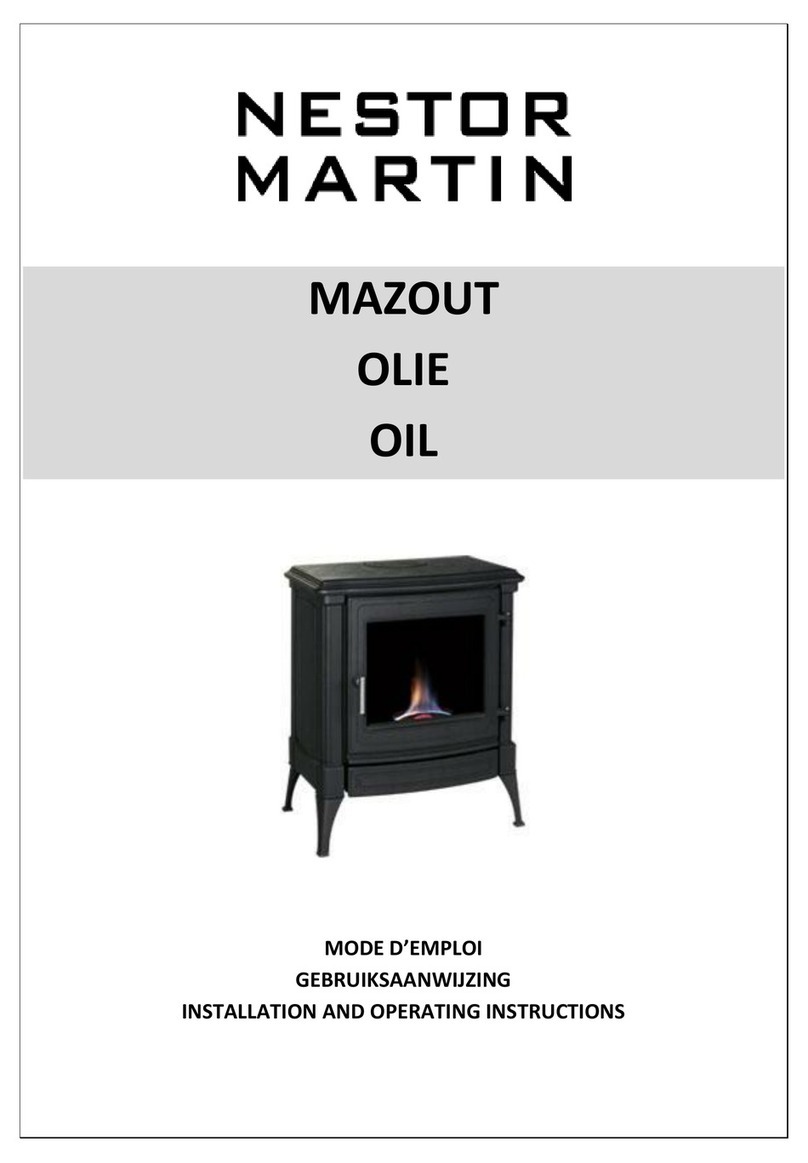
NESTOR MARTIN
NESTOR MARTIN H11 User manual
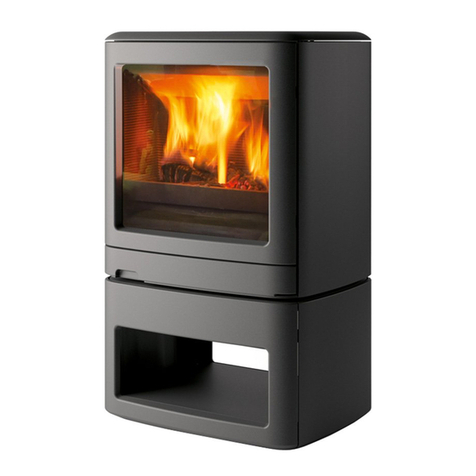
NESTOR MARTIN
NESTOR MARTIN WOODBOX MQ33 User manual
Popular Stove manuals by other brands

Karibu
Karibu 56416 Assembly and operating instructions

Samsung
Samsung NQ50J9530 user guide
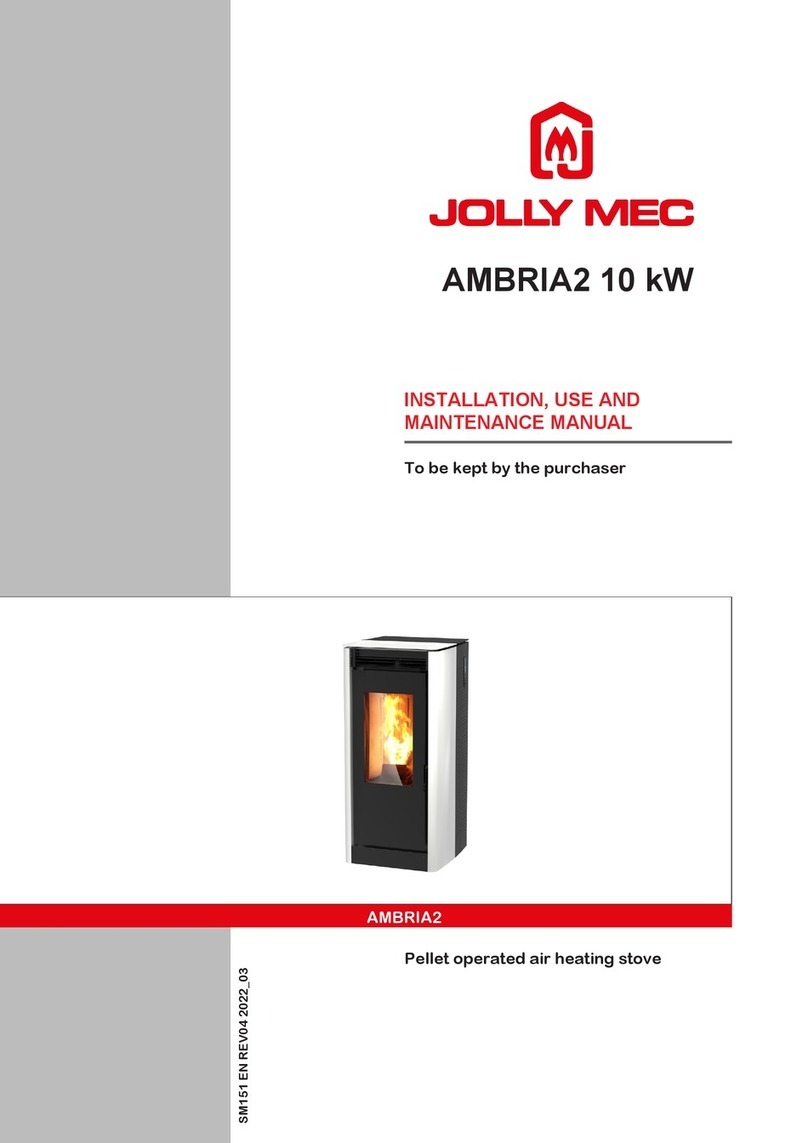
Jolly Mec
Jolly Mec AMBRIA2 10 kW Instructions for installation, use and maintenance manual
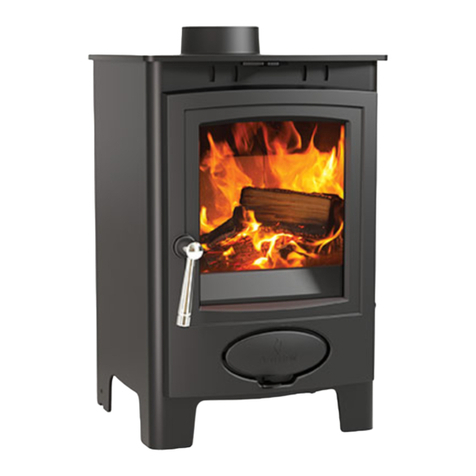
Aarrow
Aarrow ECB5PLUS SC user guide

Blaze King
Blaze King PE1006 installation manual

Centrometal
Centrometal CentroPelet ZV16 Installation, use and maintenance instructions

Flame Energy
Flame Energy FP-45 owner's manual

LOHBERGER
LOHBERGER Varioline LM 50 Installation
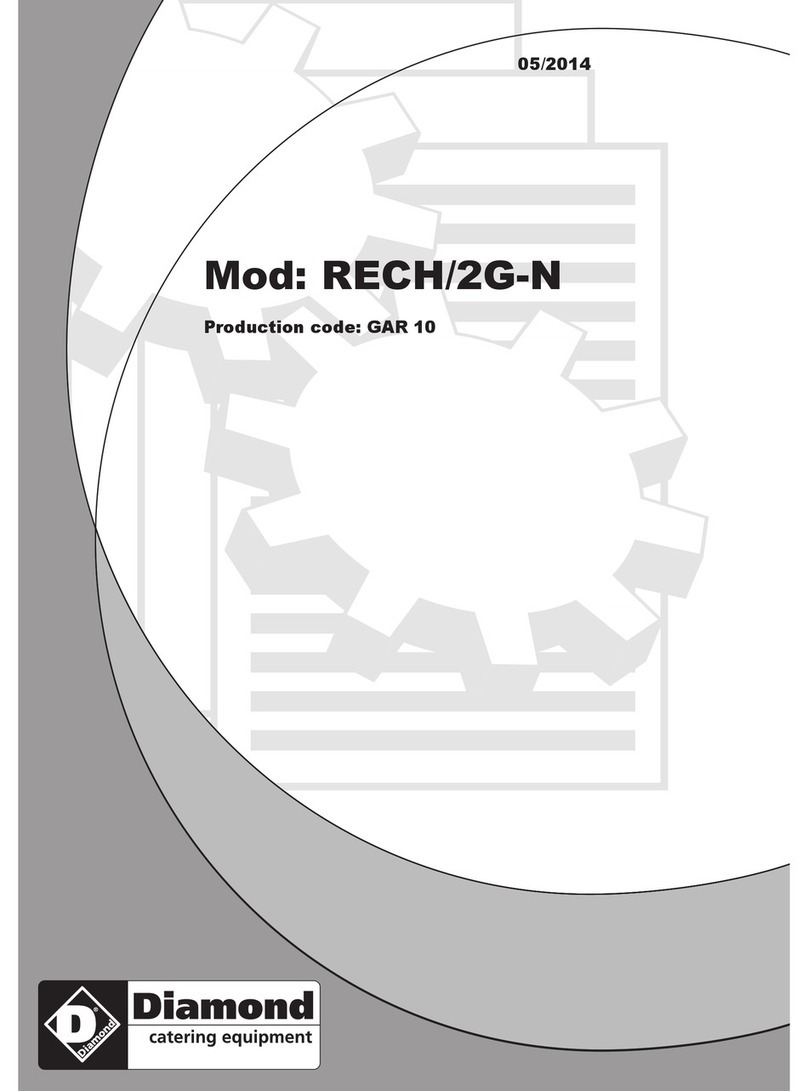
Diamond
Diamond RECH/1G-N Instructions for use and installation

Valor
Valor The Arden Operating & installation manual

Morso
Morso O Series Instructions for installation and use

Ashley
Ashley AP5790 Owner’s Instruction and Operation Manual
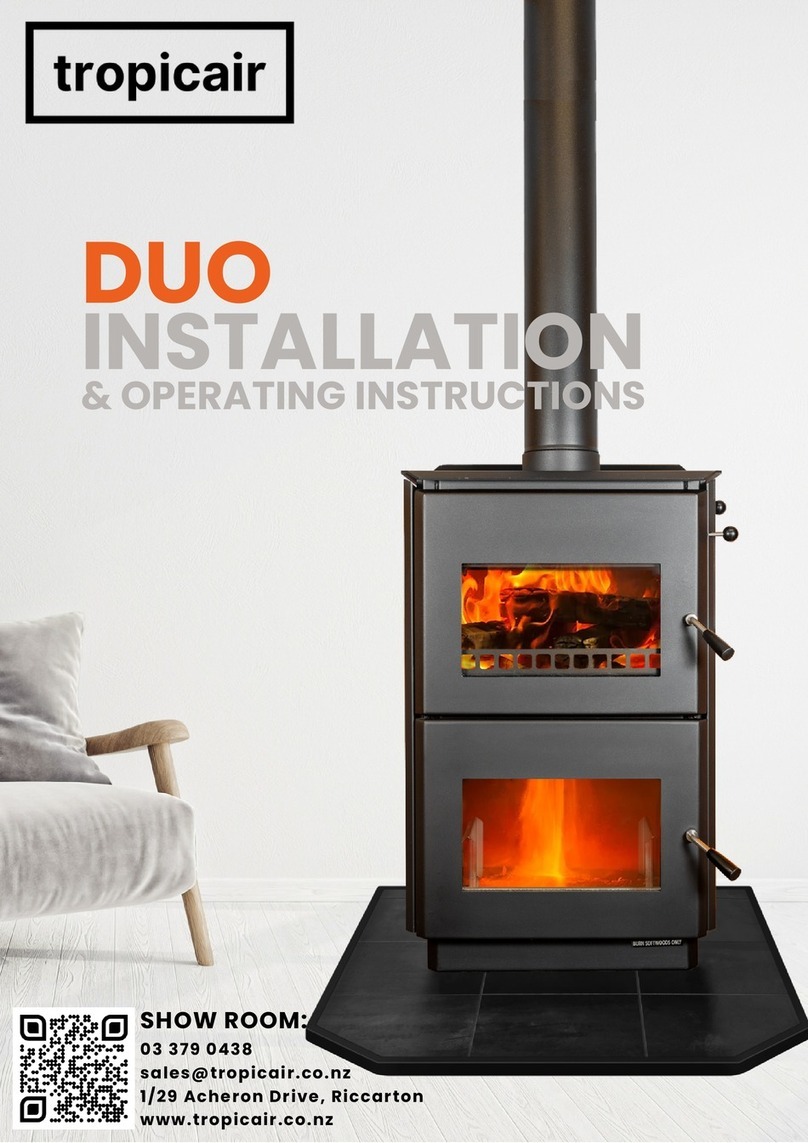
Tropicair
Tropicair DUO Installation & operating instructions
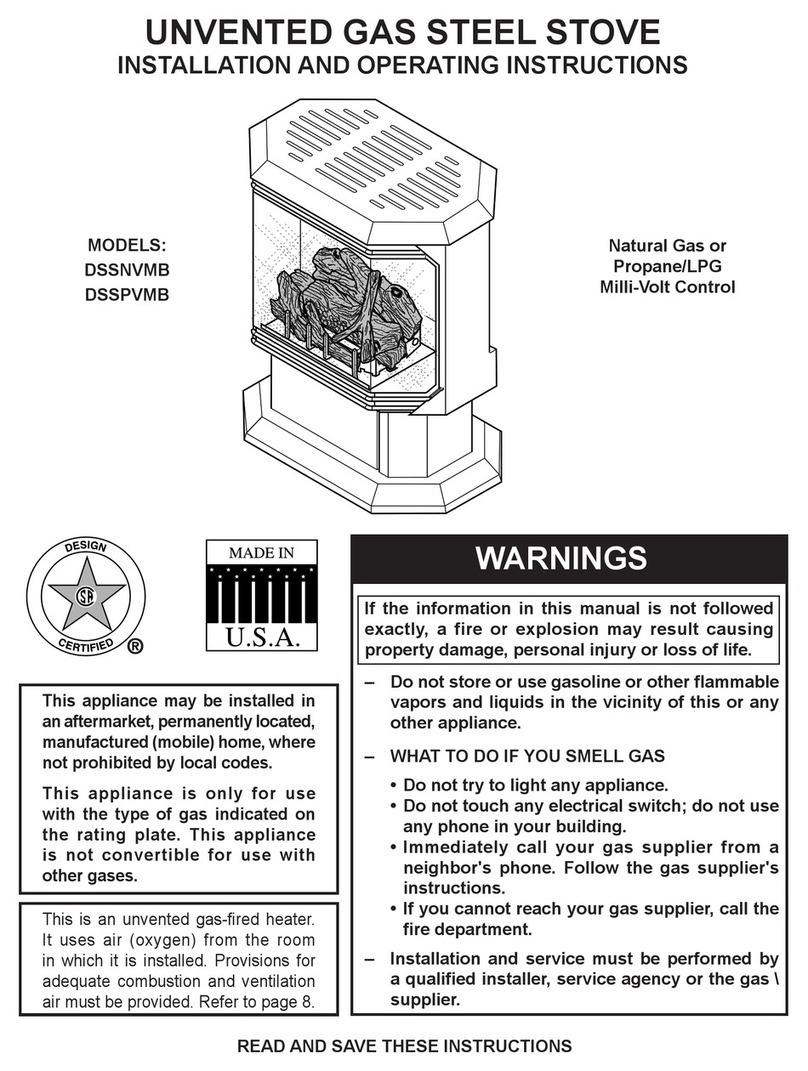
Monessen Hearth
Monessen Hearth DSSNVMB Installation and operating instructions
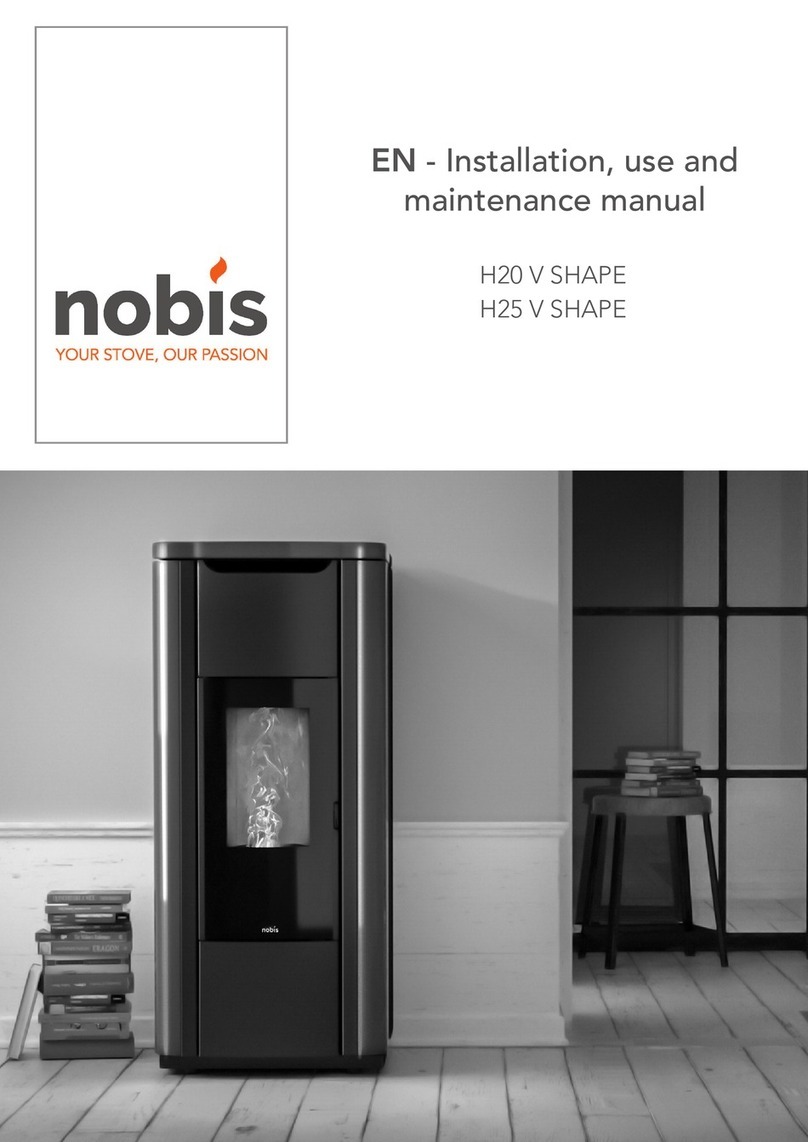
Nobis
Nobis H20 V SHAPE Instructions for installation, use and maintenance manual

Drolet
Drolet SIBERIAN 1200 owner's manual
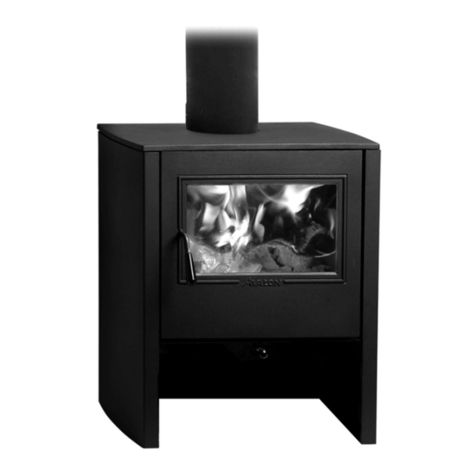
Avalon
Avalon Camano owner's manual
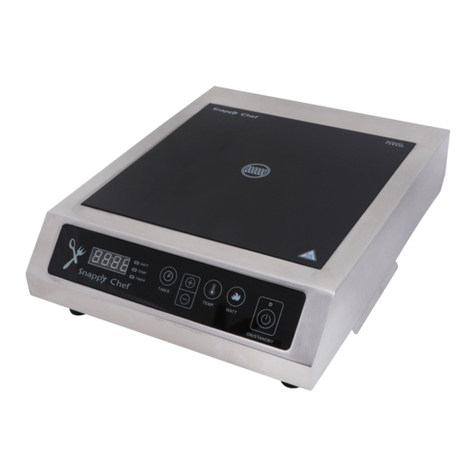
Snappy Chef
Snappy Chef SM-C02D user manual